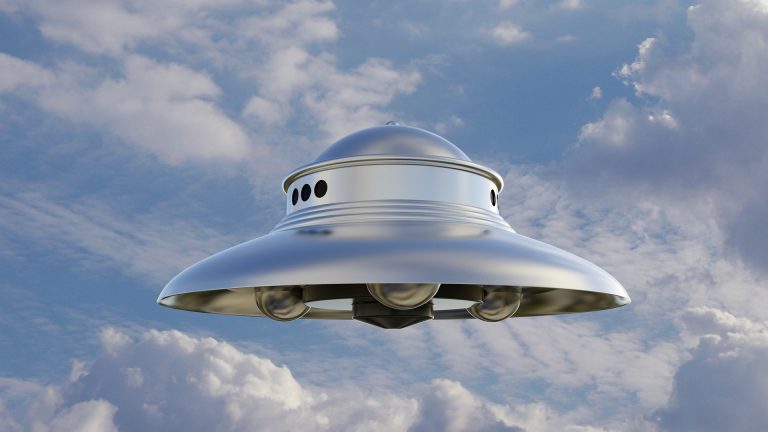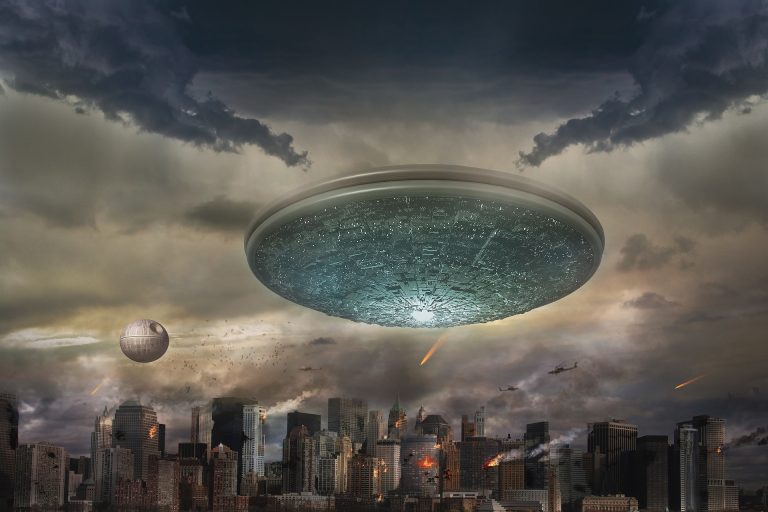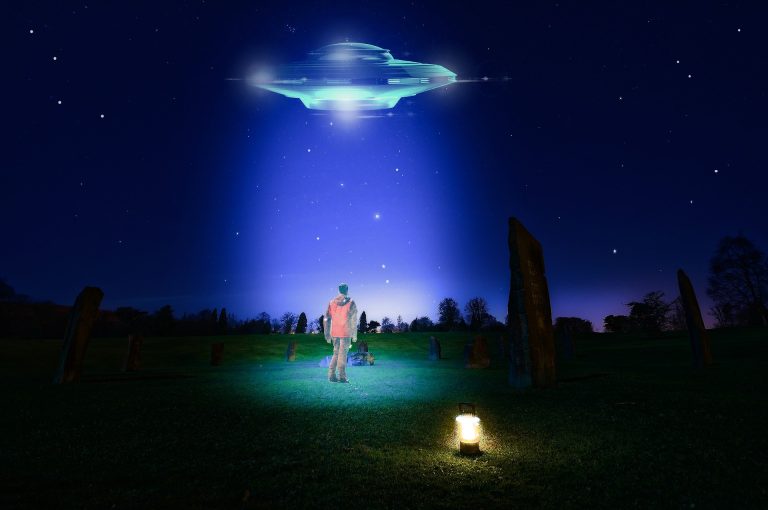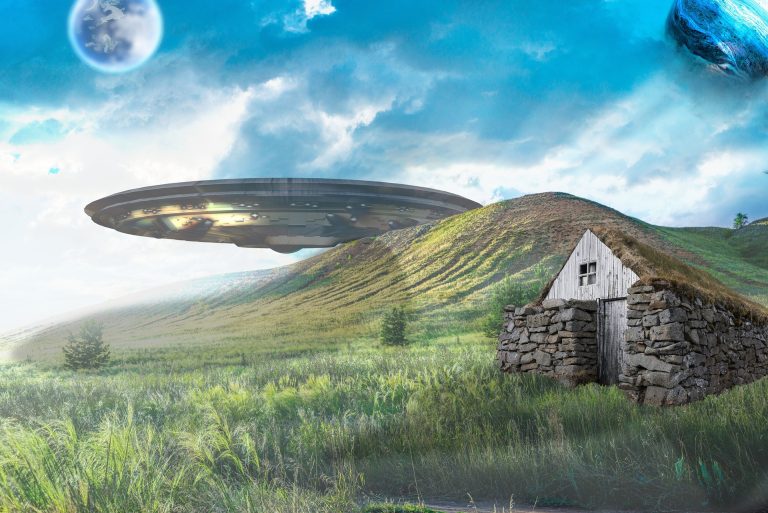Unveiling the Enigma: Exploring Ufology Through Research and Analysis
Introduction
Ufology, the study of unidentified flying objects (UFOs) and extraterrestrial phenomena, has fascinated and perplexed humanity for decades. This article delves into the realm of ufology, examining its historical foundations, notable cases, scientific approaches, and the ongoing quest to unravel the mysteries surrounding UFOs. By critically analyzing evidence and theories, this research aims to shed light on the complexities of ufology and its implications for our understanding of the universe.

Historical Foundations of Ufology
The roots of ufology trace back to the mid-20th century, a period marked by widespread reports of UFO sightings and alleged encounters with extraterrestrial beings. Key milestones include:
- 1947: The Roswell Incident – A pivotal event in ufology, where a purported UFO crash near Roswell, New Mexico, sparked intense speculation and conspiracy theories about government cover-ups and recovered alien technology.
- 1950s-1960s: UFO Flap Period – A surge in UFO sightings worldwide, fueled by media coverage and cultural fascination with space exploration during the Cold War era.
- Government Involvement – Declassified documents from governments, such as the US Project Blue Book and similar initiatives in other countries, revealing official interest and investigation into UFO phenomena.
These historical contexts set the stage for the development of ufology as a field of study, blending scientific inquiry with public intrigue.
Scientific Approaches to Ufology
Ufology straddles the boundary between fringe pseudoscience and legitimate scientific inquiry. Scientific methodologies applied to ufology include:
- Observational Analysis: Examining eyewitness accounts, photographs, and videos of UFO sightings to discern patterns and anomalies.
- Radar and Instrumental Data: Analyzing radar data and other instrumental readings to corroborate visual sightings and identify unidentified aerial phenomena.
- Physical Evidence: Investigating alleged physical evidence, such as debris or trace elements associated with UFO landings or encounters.
- Statistical Analysis: Applying statistical methods to quantify and analyze UFO reports, identifying trends and outliers in sighting data.
Despite these approaches, ufology faces criticism for methodological inconsistencies, subjective interpretations, and the lack of reproducible evidence.

Notable UFO Cases and Phenomena
Several well-documented UFO cases have captured public and scientific interest, contributing to the discourse on ufology:
- The Betty and Barney Hill Abduction (1961) – A widely publicized case involving an alleged abduction of an interracial couple by extraterrestrial beings, featuring detailed hypnosis sessions and psychological evaluations.
- Phoenix Lights (1997) – A mass sighting of UFOs over Phoenix, Arizona, witnessed by thousands and documented through photographs and video footage, prompting extensive media coverage and official inquiries.
- Belgian UFO Wave (1989-1990) – A series of triangular UFO sightings over Belgium, corroborated by radar data and eyewitness testimonies, leading to government investigations and public hearings.
These cases illustrate the diversity and complexity of UFO phenomena, highlighting the challenge of interpreting ambiguous evidence and distinguishing between natural and artificial explanations.
Theoretical Frameworks in Ufology
Ufology encompasses various theoretical frameworks and hypotheses to explain UFO sightings and extraterrestrial encounters:
- Extraterrestrial Hypothesis (ETH) – Proposes that UFOs are piloted by intelligent beings from other planets or solar systems, visiting Earth for exploration or observation.
- Psychosocial Hypothesis – Suggests that UFO sightings and abduction experiences stem from psychological factors, including hallucinations, mass hysteria, and cultural influences.
- Interdimensional and Time Travel Hypotheses – Speculates that UFOs may originate from alternate dimensions or future timelines, challenging conventional notions of space-time and cosmic travel.
- Government Cover-up and Conspiracy Theories – Alleges that governments withhold information about UFOs and extraterrestrial contact, fueling public distrust and secrecy narratives.
Each hypothesis reflects diverse perspectives within ufology, prompting ongoing debate and speculation among researchers, skeptics, and enthusiasts alike.

Challenges and Controversies in Ufology Research
Ufology encounters several challenges that hinder consensus and scientific validation:
- Lack of Empirical Evidence: Despite numerous sightings and anecdotes, conclusive physical evidence of extraterrestrial visitation remains elusive.
- Methodological Limitations: Ufology often relies on subjective accounts, anecdotal evidence, and unreliable sources, complicating efforts to apply rigorous scientific methods.
- Confirmation Bias: Researchers and enthusiasts may interpret ambiguous data to support preconceived beliefs about UFOs, reinforcing confirmation bias and pseudoscientific claims.
- Public Perception and Stigma: Ufology’s association with fringe beliefs and conspiracy theories undermines its credibility within mainstream scientific communities and academia.
Future Directions in Ufology
Advancements in technology, astronomy, and space exploration offer new avenues for ufology research and inquiry:
- Technological Innovations: Advances in sensor technology, satellite imaging, and artificial intelligence may enhance UFO detection and analysis capabilities.
- Astrobiology and Exoplanet Research: Exploration of exoplanets and the search for extraterrestrial life provide context for understanding potential origins and motivations of hypothetical UFOs.
- International Collaboration: Promoting global cooperation and data-sharing initiatives to investigate UFO phenomena across diverse geographic and cultural contexts.
- Public Engagement and Education: Fostering critical thinking skills and scientific literacy to discern between credible evidence and pseudoscientific claims in ufology discourse.

Conclusion
Ufology remains a captivating field of study, captivating imaginations and challenging scientific paradigms. Through rigorous research, critical analysis, and interdisciplinary collaboration, ufologists strive to unravel the mysteries of UFO phenomena and their implications for humanity’s place in the cosmos. While skepticism and controversy persist, ufology continues to evolve, driven by curiosity, technological advancements, and the enduring quest for answers beyond our terrestrial boundaries. As we navigate the complexities of ufology, the journey towards understanding UFOs and their potential significance unfolds, shaping our perceptions of the universe and our place within it.

